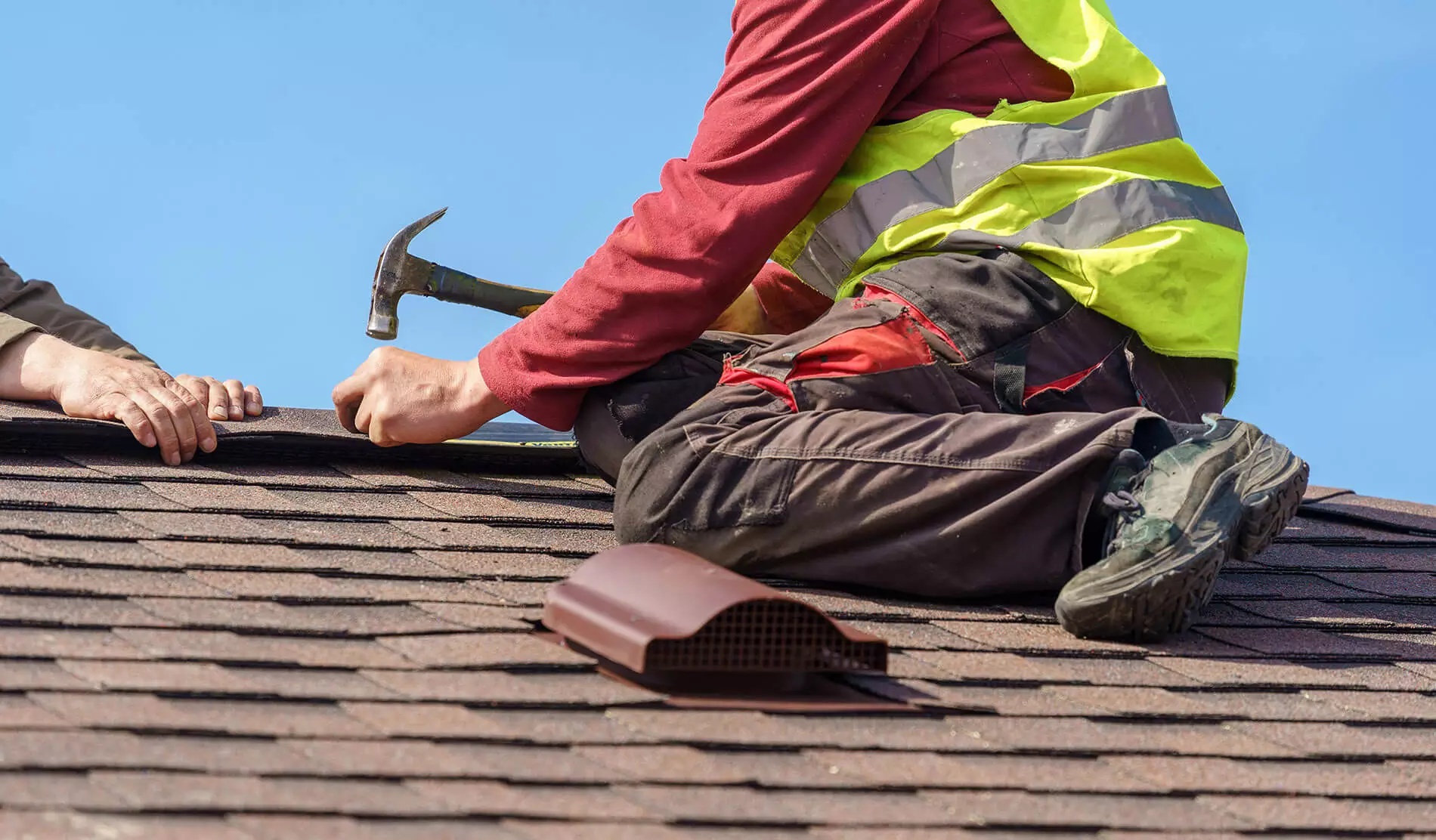How to Assess Various Roof Alternatives for Your Building Needs
Assessing roof covering alternatives for your structure needs a detailed technique that takes into consideration numerous elements such as the planned usage of the structure, neighborhood environment problems, and product attributes - Roofing Contractor. It is crucial to evaluate the benefits and disadvantages of various roofing kinds, from asphalt tiles to metal and clay tiles, while additionally factoring in first prices and long-lasting upkeep.
Analyzing Your Structure's Demands
To efficiently evaluate roofing choices, start by completely assessing your building's demands. Begin by thinking about the building's intended use, as different frameworks may demand varying roof covering requirements. For example, household roof coverings frequently prioritize aesthetics and insulation, while business structures may focus on durability and load-bearing capability.
Next, review the regional climate problems that will certainly influence roofing performance. Factors such as temperature level changes, precipitation degrees, and wind patterns can influence product choice and design. A roof that excels in a warm environment may not do also in areas susceptible to hefty snowfall or extreme warmth.
Additionally, assess the architectural stability of your structure. Ensure that the existing structure can support the chosen roof covering products, particularly if thinking about heavier options. It is additionally critical to assess any type of regional building regulations or guidelines that may determine certain demands for roof covering systems.

Contrasting Roof Materials
Once a detailed analysis of your structure's needs has actually been finished, the following step includes comparing various roof covering materials. Each material provides unique advantages and drawbacks, making it important to align your selection with your details needs and circumstances.
Asphalt tiles are widely recognized for their cost and ease of installment, making them a prominent option for domestic structures. On the various other hand, metal roof covering, recognized for its longevity and durability, can withstand harsh weather but might feature a higher first financial investment.
Clay and concrete floor tiles supply exceptional thermal insulation and visual charm, particularly for Mediterranean-style style, yet they require a more durable structural assistance due to their weight. Timber trembles offer an all-natural appearance and excellent insulation residential or commercial properties but may demand much more maintenance and are prone to fire risks.
Evaluating Expense and Budget Plan
Assessing your roof covering alternatives necessitates a mindful analysis of expense and budget factors to consider. The overall budget for a roof job comprises several variables, including material prices, labor expenses, maintenance, and potential long-term cost savings. It is vital to develop Recommended Reading a clear budget before checking out specific roofing products, as this will certainly guide the decision-making process and help you avoid overspending.
Begin by obtaining quotes from numerous service providers to understand labor expenses in your area. Make certain that these quotes consist of all needed services, such as removal of the old roofing, installment, and any kind of additional attributes, like insulation or ventilation enhancements - Toledo Roofer. Next, assess the price of numerous roof covering materials, considering both preliminary setup costs and expected life-span

Understanding Power Efficiency
Power efficiency plays an essential role in the option of roofing materials and systems, significantly influencing both power usage and total comfort within a building. like this An appropriate roofing system can improve thermal performance, minimizing the requirement for heating and cooling systems, which subsequently reduces energy bills and lessens ecological impact.
When assessing roof covering choices, take into consideration products that reflect instead of absorb warmth. Light or reflective roof items can substantially decrease roof covering surface area temperature levels, resulting in lower energy use throughout warm months. In addition, appropriate insulation and ventilation are important to maximize the energy efficiency of the whole roof covering system. Insulation prevents heat transfer, while air flow alleviates warm buildup in the attic area.
Another important element is the roofing system's longevity and upkeep needs. Sturdy products that call for less regular substitute contribute to long-lasting power savings. The energy performance of a roofing system can also be assessed with its compliance with recognized sustainability rankings such as Power CELEBRITY or LEED.
Considering Aesthetic Allure
A roof's visual appeal significantly influences the general look of a structure, matching its architectural style and enhancing aesthetic appeal. Roofing Contractor. When examining roofing options, it is vital to consider how the selected product, shade, and design will balance with the existing framework and neighborhood. A properly designed roofing system can boost even the check my blog most basic of buildings, changing them into aesthetic prime focus
Various roof covering products provide numerous aesthetic high qualities. Standard tiles might evoke a traditional appeal, while steel roof can present a modern-day, streamlined look. Furthermore, the color of the roof material plays a vital function; lighter shades can make a building appear even more large, while darker tones might produce a cozier atmosphere.
Furthermore, building aspects, such as dormers and eaves, can enhance the roof covering's visual effect. It is a good idea to seek advice from with expert developers or designers to guarantee the chosen roofing alternative aligns with the total layout intent. Eventually, a roofing system ought to not only give useful advantages but also contribute positively to the building's aesthetic, showing the owner's preference and the character of the surrounding environment.
Verdict
